Industry information
Company News
- Aluminum veneer customization, creating your exclusive art space
- Aluminum curtain wall: not just the "coat" of modern architecture
- The secret of aluminum honeycomb panel: the power behind its lightness
- How much do you know about aluminum veneer: a fashionable choice for modern architecture?
- Aluminum ceiling, creating a home that combines fashion and practicality
Industry dynamics
- Aluminum veneer creates unique texture and style characteristics of modern architecture
- Crack resistance test of imitation wood grain aluminum veneer
- How to choose aluminum veneer surface treatment?
- Aluminum curtain wall: the fashionable coat of modern architecture
- High temperature environment punching aluminum veneer
Frequently asked questions
- How does the plasticity of aluminum veneer affect building comfort?
- Can aluminum veneer be used in the design of building arch bridges?
- Can aluminum veneer achieve customized design?
- What is the manufacturing process of aluminum veneer?
- How does the service life of aluminum veneer compare to other exterior wall materials?
contact us
Mobile:+86 15627778610
Email: 2201229786
Address: No. 5 Binjiang Road, High tech Zone, Zhaoqing City, Guangdong Province
What are the cold bending forming processes for aluminum veneer?
- Author: Lesilong Technology (Guangdong) Co., Ltd
- Release time: February 24, 2025 11:35:45
- Click:0
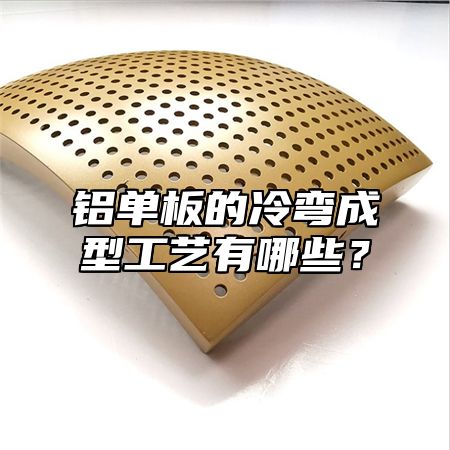
Aluminum veneerThe cold bending process is a method of processing aluminum into the desired shape, which has the advantages of reducing material waste, improving production efficiency, and reducing costs. Here are some common cold bending processes for aluminum veneer:
1. Manual bending
Manual bending is a traditional cold bending process for aluminum veneers, suitable for smaller sizes of aluminum veneers. When performing manual bending, professional bending machines and tools are required to complete it. Due to the manual operation required for manual bending, the production efficiency is relatively low, but it can ensure product quality and accuracy.
1. Mechanical bending
Mechanical bending is a common cold bending process for aluminum veneers, suitable for larger sizes of aluminum veneers. When performing mechanical bending, professional bending machines and equipment are required to complete it. The advantages of mechanical bending are high production efficiency and fast speed, but it requires high technical level and experience from workers.
1. Hot bending
Hot bending is a new type of cold bending process for aluminum veneer, suitable for more complex shapes of aluminum veneer. When performing hot bending, it is necessary to heat the aluminum material to a certain temperature before bending. The advantage of hot bending is that it can achieve the production of aluminum veneer with complex shapes, but it requires high equipment and technical requirements.
1. Hydraulic bending
Hydraulic bending is an advanced cold bending process for aluminum veneer, suitable for large-scale production of aluminum veneer. When performing hydraulic bending, professional hydraulic machines and equipment are required to complete it. The advantages of hydraulic bending are high production efficiency, fast speed, and precise control of pressure and deformation of aluminum materials.
There are multiple options for the cold bending process of aluminum veneer, each with its own characteristics and applicable scope. When cold bending aluminum veneer, it is necessary to choose the appropriate process according to the actual situation and pay attention to the influence of various factors to ensure product quality and safety. It is recommended to choose a professional construction team to carry out the cold bending forming work of aluminum veneer to ensure construction quality and effectiveness.
- previous page:UV resistance and protection of aluminum veneer
- Next page:Is the strength of aluminum veneer sufficient?

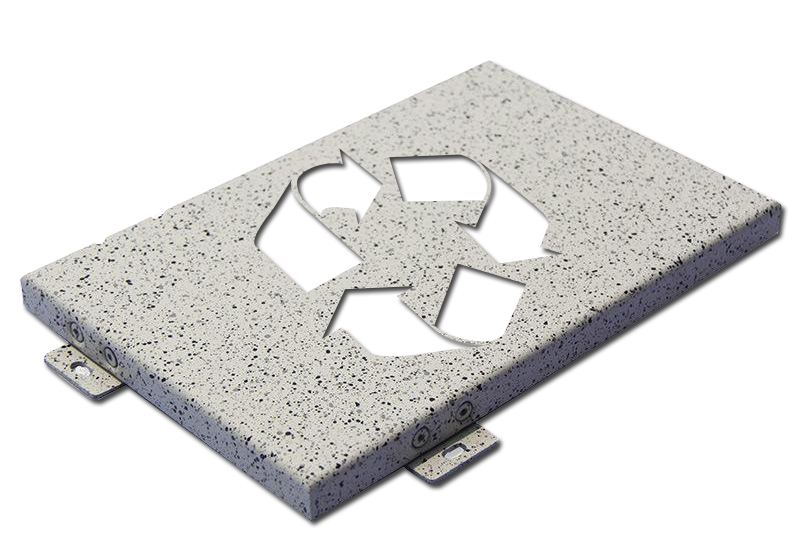
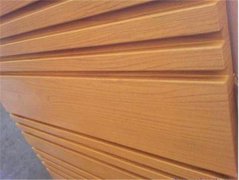
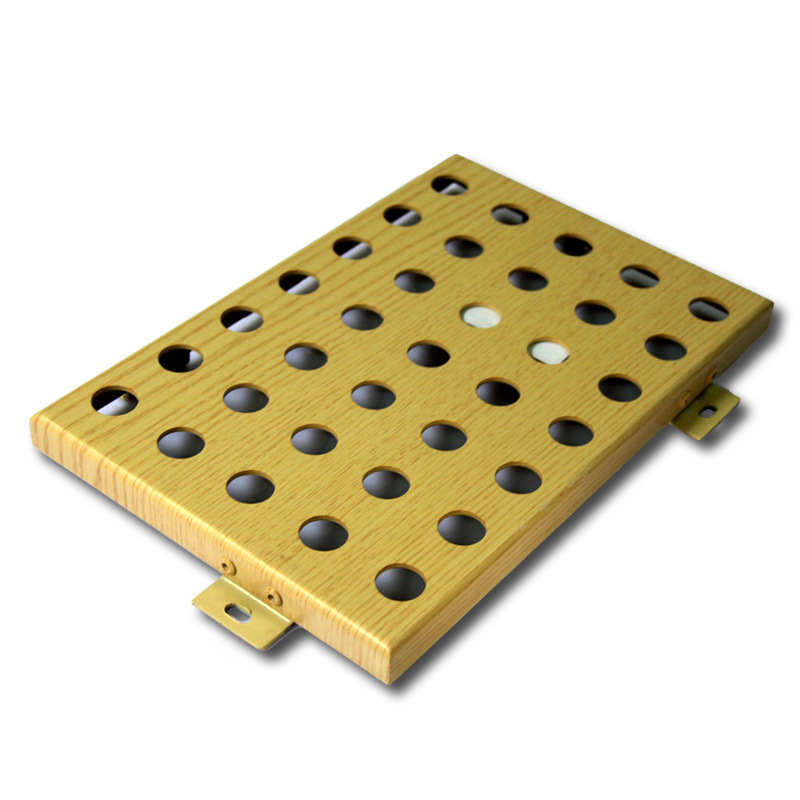
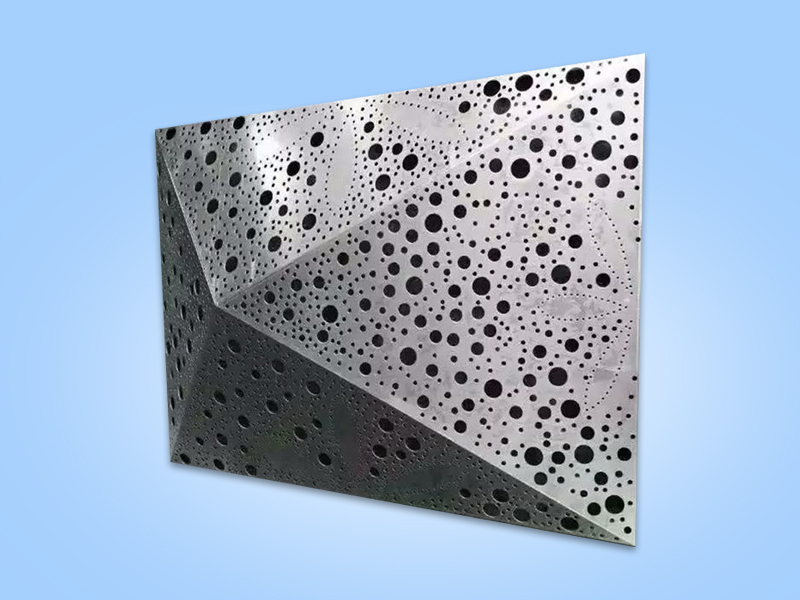
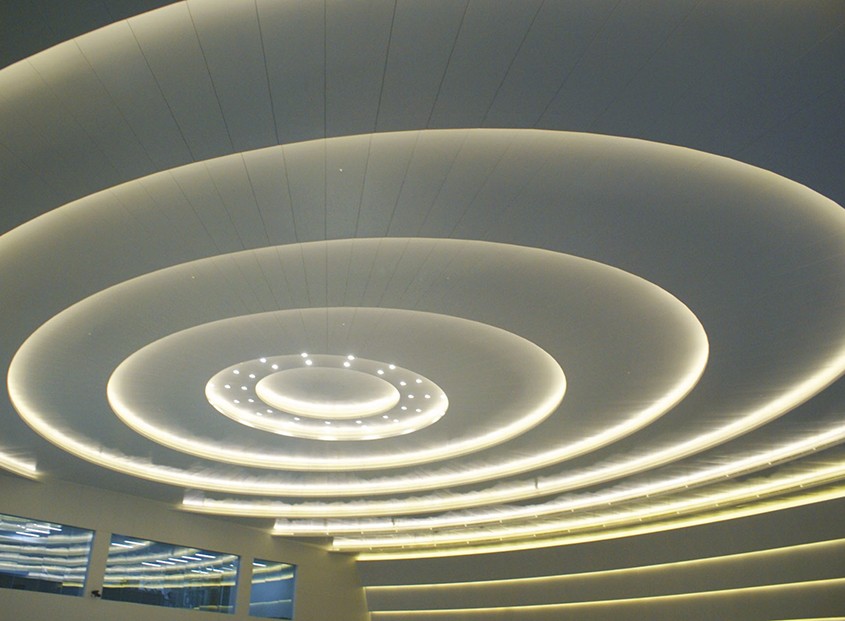
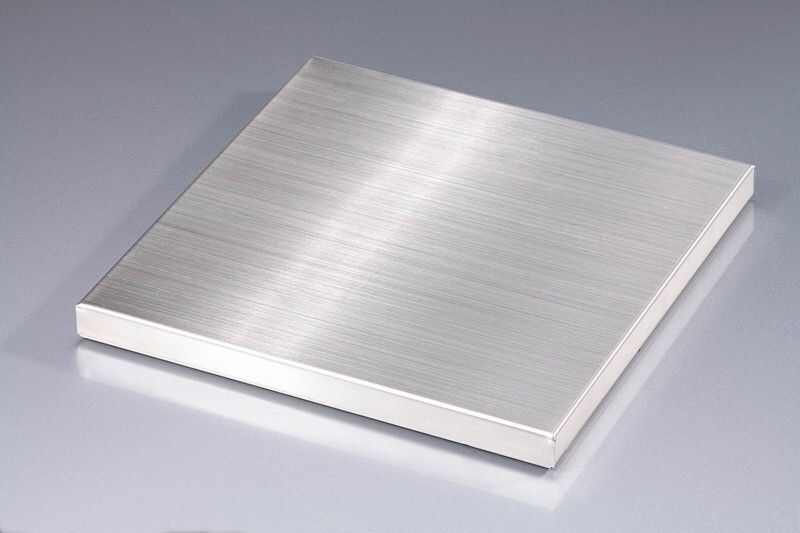
 Customer service QQ
Customer service QQ